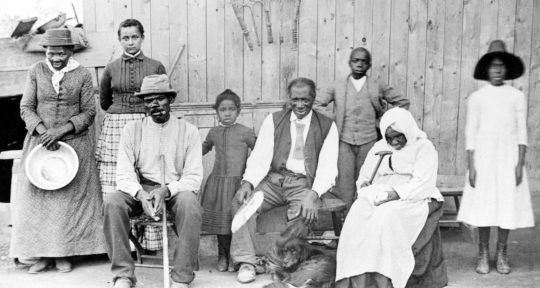Long-haul trucking is a profession that comes with an especially unique set of challenges: You spend hours on the road every day and drive thousands of miles per week, often in complete solitude. You are regularly forced to deal with dirty rest stops, limited food options, and tarping loads in freezing cold weather.
For women in the industry, who make up less than 8 percent of the total workforce, additional challenges, like safety and workplace culture, pile on. Yet, the number of women in trucking is on the rise.
For some, it’s unthinkable as a long-term career choice. For others, getting paid to see the country from the driver’s seat of a big rig is a dream come true.
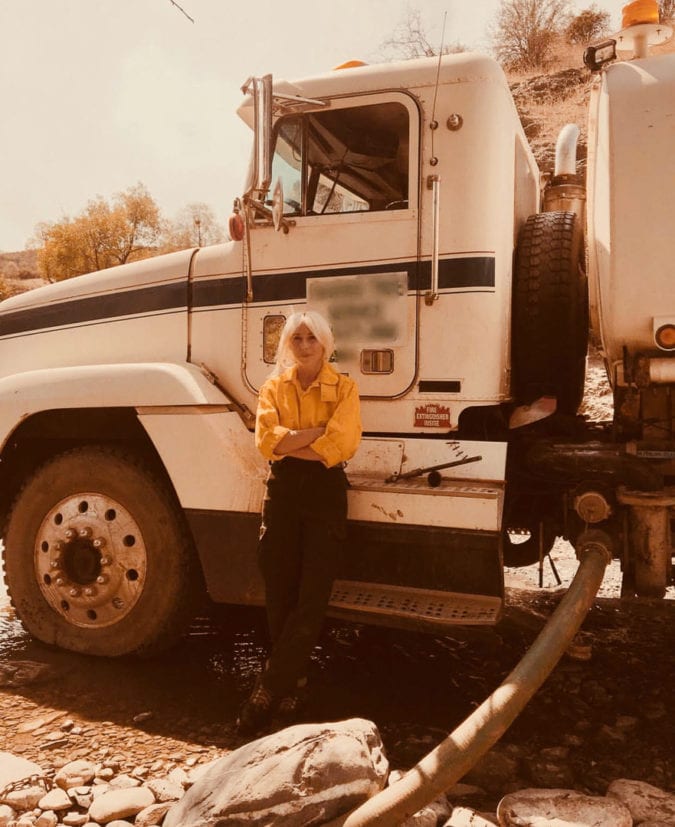
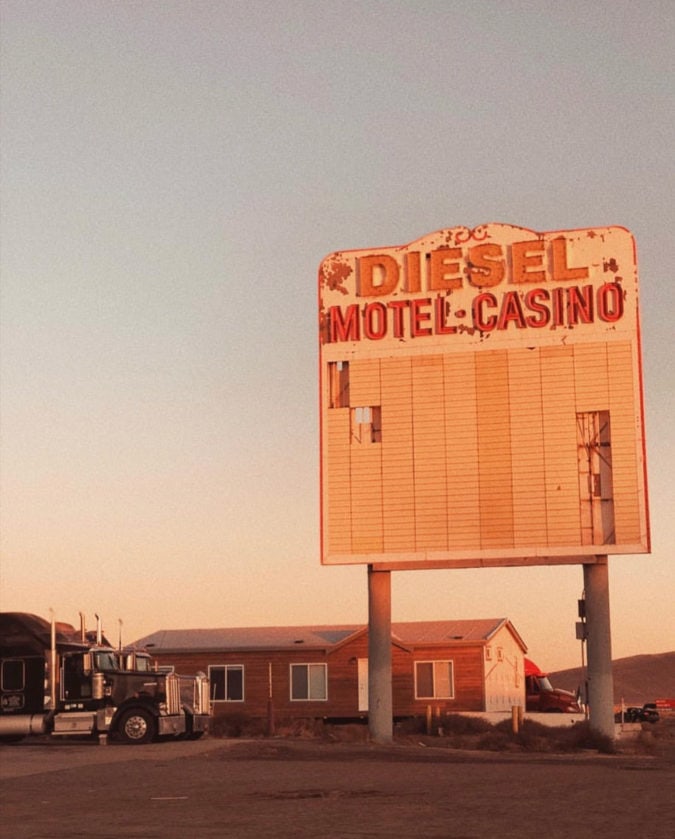
“Trucking is still very old school. This occupation is 100 percent a man’s world. I am completely aware of that, and completely OK with it,” says Brittany Burnett. The 27-year-old long-haul trucker got her Commercial Driver License (CDL) just nine months ago, but it’s something she’s been wanting to do for years. “It seemed like the ideal way to see the country and get paid to do so,” she says.
Burnett got some help from her uncle’s business partners, who offered to put her through school to get her CDL if she agreed to drive a water truck for them during fire season in California. “So I started splitting my time—six months each—between driving a 4,000-gallon water truck in the mountains and pulling a 53-foot flatbed trailer across the country,” she says.
Once she got her license, she jumped straight into doing long-haul. “I ran 48 states as a flatbedder for one of the largest trucking companies,” she says. Once it’s fire season again, Burnett plans to get back into driving the water truck.
Finding communities
According to the Women in Trucking Association (WIT)—a nonprofit that’s been promoting women in the trucking industry since 2007—women make up just 7.89 percent of the truck driver population in the U.S.
Ellen Voie, president of WIT, mentions the industry’s image as one of the biggest barriers. “Women don’t picture themselves in a truck or in the industry because they aren’t exposed to successful women who enjoy a great career in trucking,” she says.
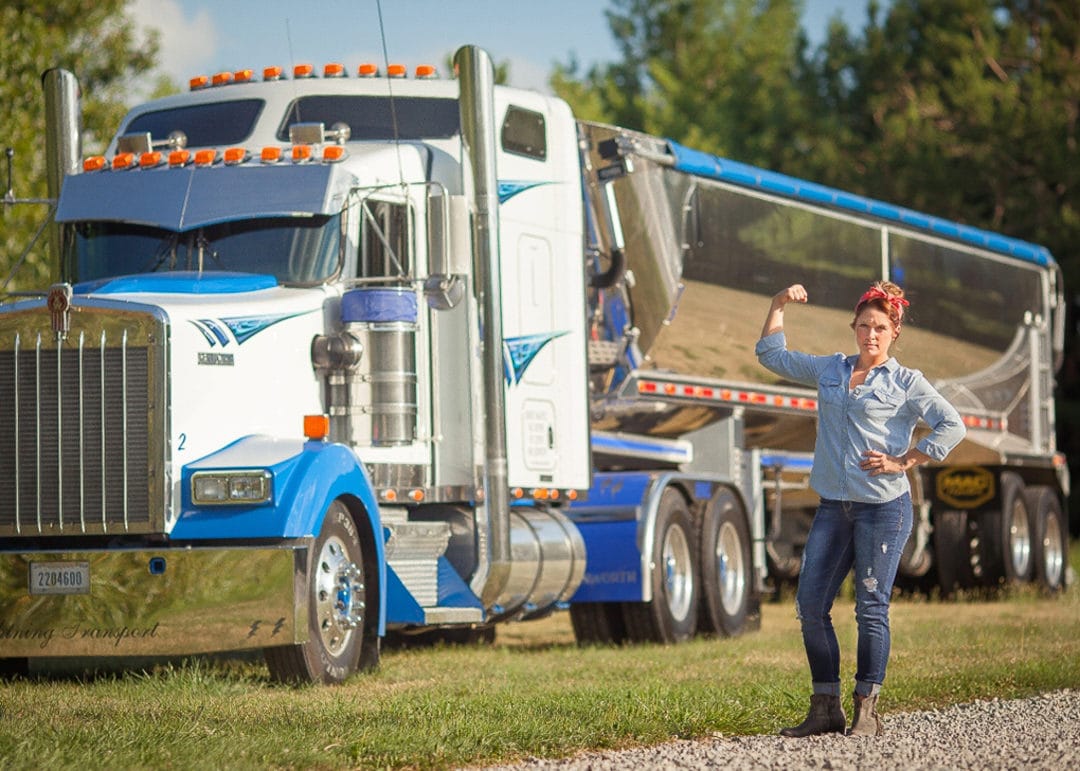
WIT is actively working to change this image by celebrating women in the profession—and according to Voie, their work is paying off: Carriers are increasing their percentages of women employees, trucking schools report that more women are getting their CDLs, and WIT’s membership count is steadily rising. “We’re approaching 5,000 members in 10 countries,” Voie says.
According to WIT data, the typical female driver is about 50 years old. “Eighty-three percent of women who come into the industry do so at the urging of a family member or friend,” Voie says. “So typically they’ve raised their children, and then a husband or boyfriend or significant other goes, ‘Hey, go get your commercial driver’s license and come out on the road with me.’”
“Now women are vocal, they’re verbal. They say, ‘I can do this.’”
She points out a big difference in how women approach the industry today, compared to just a couple of decades ago: “Women who drove a truck 20 years ago didn’t want to be seen. They just wanted to do their job, they didn’t want to be pointed out. And now women are vocal, they’re verbal, they’re more, ‘I am woman, hear me roar,’” she laughs. “They say, ‘I can do this.’”
In addition to WIT, Facebook groups like Black Truckers United (BTU) help create community and kinship for minority groups within the trucking industry.

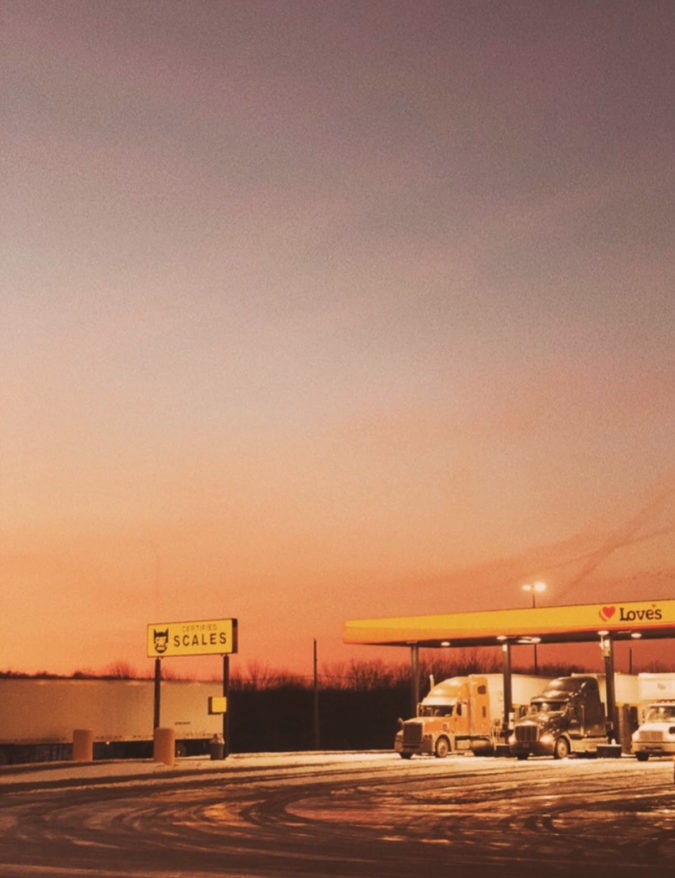
“Black Truckers United is geared toward change and awareness,” says BTU member and truck driver Rachel Barnes. “As a member since the very beginning of my trucking career, this group and others like it have been very influential, motivating, and eye-opening as to what to expect and the possibilities of things that can happen on the road.”
After visiting every country on Earth, Jessica Nabongo hits the road in the U.S.
Freedom and equal pay
While long-haul trucking is not a career option for everyone, it does have some very specific benefits that, for many drivers, are the reasons they got into the job in the first place.
“You have a sense of freedom—you don’t have someone looking over your shoulder, that’s what I hear all the time,” Voie says. “Drivers love just being on the open road. You get to see different parts of the country; you get to see mountains and oceans and beautiful sunrises and sunsets. Your office windshield is your eyes to the country. You see a lot when you’re driving a truck.”
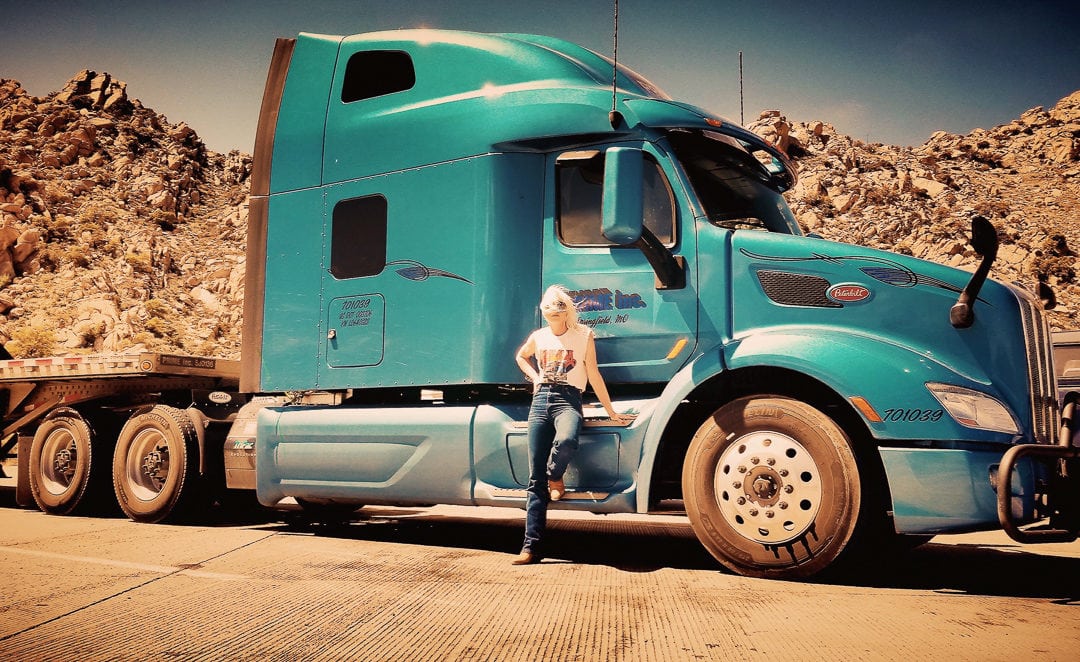
Barnes, who lives in Dallas, Texas, drives around 150,000 miles per year, pulling a dry van trailer for a Nebraska-based company. She typically drives back and forth between Texas and Nebraska, with occasional stints to California, Indiana, Illinois, and New Mexico. According to her, every day is an adventure.
“I can be in Nebraska one minute and a couple days later I’m in California,” she says. “It really boggles my mind at times how I get from one state or side of the country to the next so quickly.”
For Burnett, the profession has a similar draw. “My favorite parts are going through really small towns that I never knew existed, especially when I’m able to get out and explore them,” she says, recounting the time she delivered a load of lumber to an Amish town in Illinois. “I’ll never forget the horse drawn buggies parked in front of the Dollar General.” Another time, going through Alzada, Montana, she “fell in love with the coolest little saloon ever, called the Stoneville Saloon.”
The Walcott Truckers Jamboree celebrates long-haulers at Iowa 80, the World’s Largest Truck Stop
Both Barnes and Burnett talk about the people they meet on the road. Like in any job, some are friendly, some not so much. “I run into situations that require a bit more muscle than I actually have, but you make it work however you can,” Barnes says.
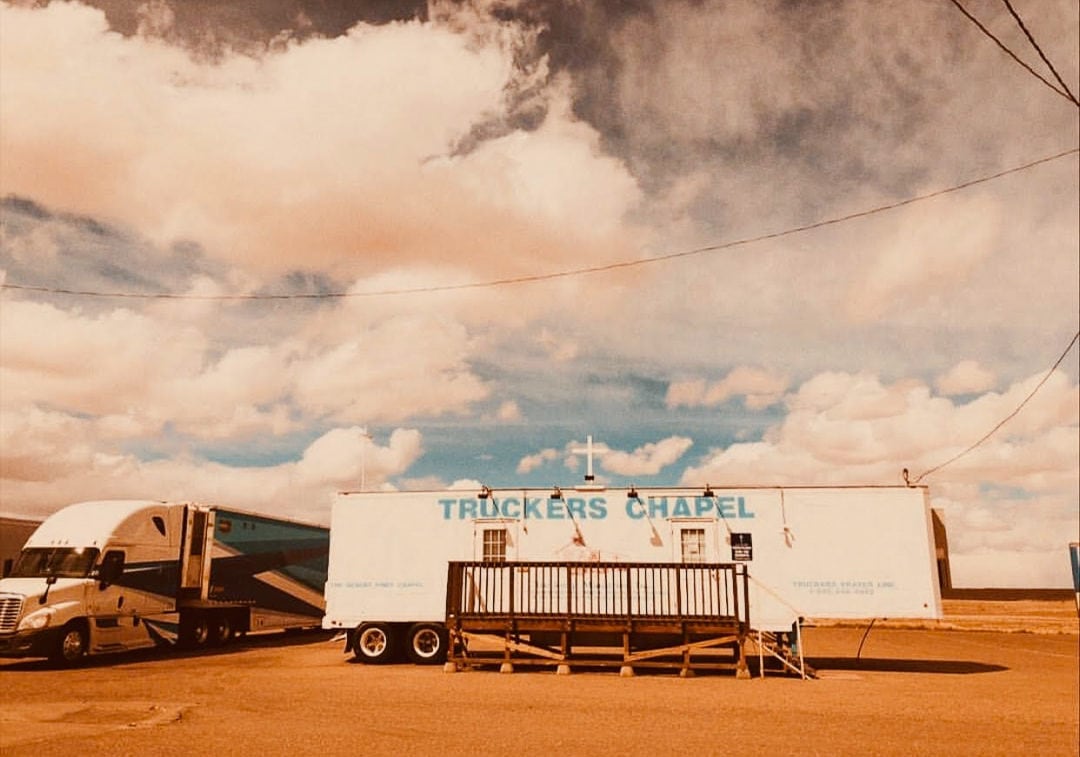
Burnett likes to kill time at truck stops by talking to the “old-timers.” She even runs an Instagram account, Papas of America, that is lovingly dedicated to these gentlemen. “They’re always full of advice and love to tell the old ‘back in my day’ stories,” she says.
Another thing that many of the women in the industry find appealing, Voie points out, is the equal pay. “You can make a decent living and women make the same as men,” she says. “I mean, you are paid either by the mileage, by the load, or by the hour. Your age, your gender, your ethnicity—it doesn’t matter.”
Trending up
But despite the freedom and the lack of a gender pay gap, being a woman trucker is not always easy. One of the main challenges women face on the road is safety. Poorly maintained equipment, a carrier’s unloading policy, and the locations of pick-ups and drop-offs can all affect how well drivers are able to perform their job duties. “Are you sending drivers to a part of town that is crime-ridden?” Voie asks. “Don’t send them to that part of town or to a loading dock in a remote area at night.”
Company culture is perhaps the most pervasive issue—and the most difficult one to address. It often spans across carriers and states.
“You’ve got to have real thick skin, be OK with never being home, and be alright with being surrounded by strangers all the time,” Burnett says about her profession. “Truck stops are uncomfortable regardless if you are male or female.”
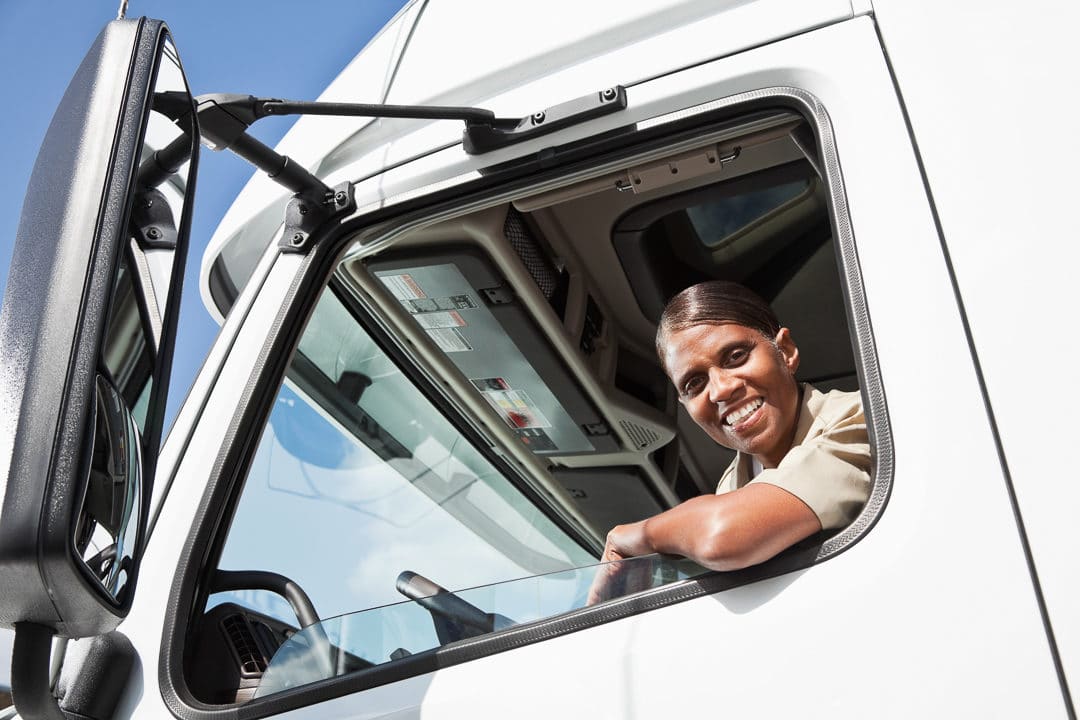
To combat and prevent some of the situations that can occur on the road, WIT is actively working to make minority groups feel welcome in the profession. “We are focusing on gender diversity and to include the LGBTQ community,” Voie says. “We recently put together a task force to better understand how we can serve this community.”
While women are still few and far between when it comes to over-the-road driving, they make up 23 percent of executives in the trucking industry, according to WIT’s 2018 numbers. Not quite perfect, but still encouraging for those looking to get into management. ”Our 2019 figures should be out soon, and they are trending up,” Voie says. She encourages anyone interested in a career in trucking to do some research to find a reputable school and carrier. “Ask a lot of questions,” she says.
Barnes, who runs a website called Diesel Diva Behavior with the aim of inspiring her fellow women truckers, doesn’t want preconceived notions of the industry as a whole to stop anyone from pursuing their dream. She says: “Don’t let your fears or negative comments from others stop you from joining this awesome sisterhood of lady drivers across the world.”


